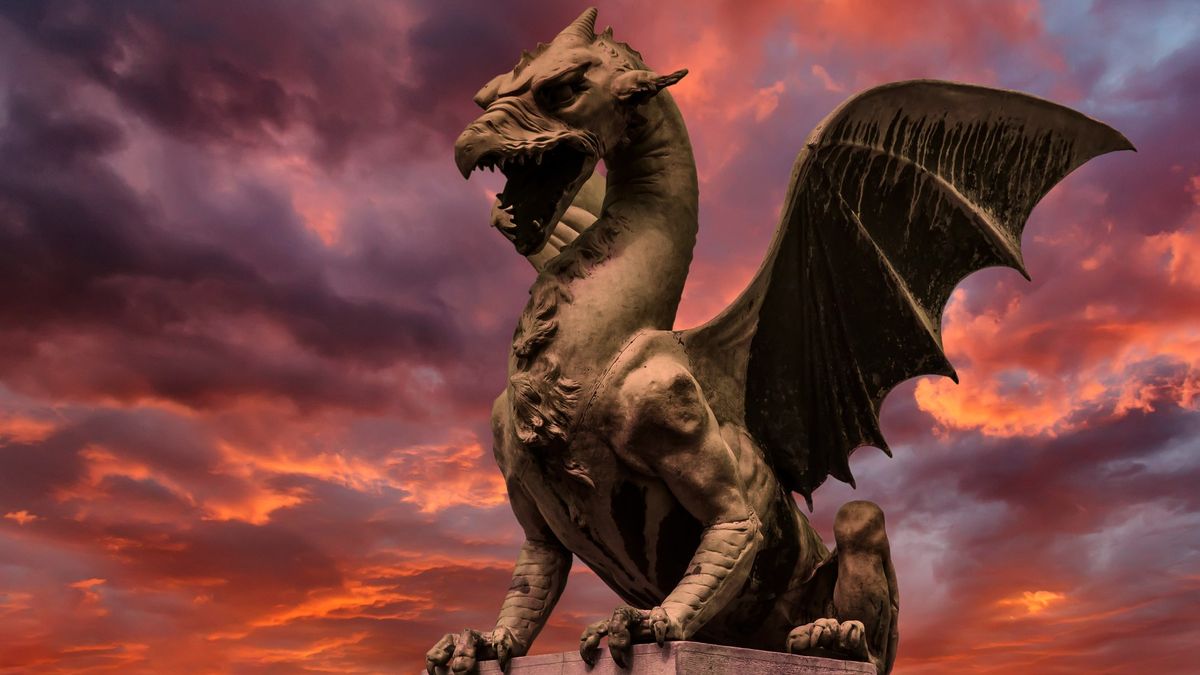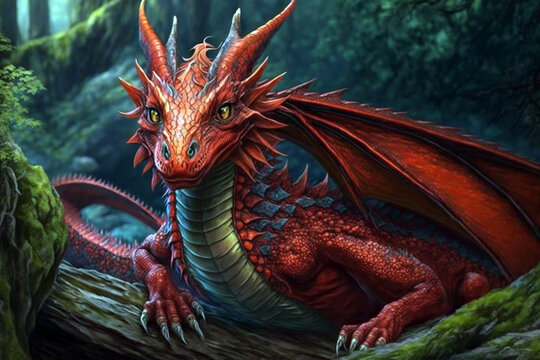Blog
The Fascinating History of Dragon Tattoos Across Cultures
Tattoos have served as a form of expression, status, and spirituality for thousands of years. Among the myriad motifs that have captivated tattoo enthusiasts across the world, dragons stand out as a particularly intriguing symbol. Their representation varies significantly between cultures, embodying a plethora of meanings ranging from power and strength to wisdom and protection. This blog post explores the fascinating history of dragon tattoos across various cultures, highlighting their significance and evolution.
The Dragon’s Symbolism
Before delving into the specifics of dragon tattoos, it is essential to understand what dragons symbolize across different cultures. Generally, dragons are seen as powerful creatures, often associated with strength, protection, and supernatural abilities. However, the direction in which their symbolism sways can be significantly different depending on cultural context.
In Western cultures, dragons are often depicted as malevolent beasts, representing chaos and destruction. Their close association with fire and the devil in folklore reinforces this notion. This negative portrayal can often be linked to the Christian narrative, where dragons are seen as embodiments of evil that must be conquered.
In contrast, Asian cultures, particularly Chinese, view dragons more favorably. They are considered auspicious creatures, symbols of imperial power, wisdom, and benevolence. Chinese dragons are often associated with water, embodying the essential elements that nurture life, such as rain and rivers. This positive representation has led to the celebration of dragons in festivals, arts, and, indeed, tattoos.
Given the wide-ranging interpretations of dragons, it’s no surprise that their representations in tattoo art carry different connotations based on regional influences.
>>> Buy now: 3D Dungeon Dragon Tattoo Hawaiian Shirt White And Red Chinese Dragon Shirt
Ancient Roots of Dragon Tattoos
The roots of dragon tattoos can be traced back to ancient civilizations. One of the earliest known depictions of dragon-like creatures dates back to Mesopotamia, where the god Marduk slays a dragon named Tiamat. This imagery appears in many ancient artifacts and texts and sets the stage for how dragons would be perceived in various mythologies.
In ancient China, the dragon has been a pivotal part of culture and mythology for thousands of years. Representations of dragons can be found as early as 4000 BCE in Yangshao culture pottery and artifacts. These early dragons were believed to possess immense power and were often linked with agriculture, water management, and the emperor’s divine right to rule. As civilization progressed, the imperial dragon, often depicted as a long, serpentine figure with various features representing different natural elements, became a prominent symbol of Chinese emperors.
Dragon Tattoos in Japanese Culture
In Japan, dragons have a complex cultural significance and are closely associated with water and rainfall—vital for cultivation and prosperity. Japanese dragons tend to be depicted as benevolent beings, bringing forth blessings and good fortune. The tattoos, known as “Irezumi,” often incorporate vividly colored dragons surrounded by clouds, waves, and koi fish, among other symbols. The design of the dragon depends on the desired representation; for example, blue dragons may symbolize the sky, while red dragons are often linked to fire.
The history of dragon tattoos in Japan is interwoven with the Edo period (1603-1868) when tattooing became an art form. The emergence of Ukiyo-e woodblock prints brought forth detailed representations of dragons, allowing for a rich tapestry of designs and styles. Popular icons like the dragon from the legend of the “Shogun” further solidified their prevalence in Japanese tattoo culture.
Japanese dragon tattoos often serve a dual purpose—both as a protective symbol and as a representation of the wearer’s aspirations for strength and resilience. The intricate designs often encompass the entire back or chest, conveying a sense of grandeur and power.
Dragons in Western Tattoo Culture
In contrast, Western dragon tattoos emerged from different historical and cultural contexts. The depiction of dragons in European folklore often revolved around their role as fearsome opponents to be defeated by heroes, a narrative made famous by stories such as St. George and the Dragon. In these tales, the dragon often symbolizes the struggle against evil, hence influencing how individuals choose to express their affinity for dragons through tattoos.
During the Renaissance, the fascination with mythological subjects led to an increase in dragon representations in art, which eventually translated into tattoo culture. The Western dragon, characterized by bat-like wings and a spiky tail, has become a popular choice for tattoo enthusiasts, often representing themes of inner strength, ferocity, and personal struggle.
Furthermore, the 20th century witnessed the rise of modern tattoo culture, which embraced dragons, leading to various interpretations and styles. Artists began blending traditional Western and Eastern elements, creating tattoos that combine various cultural symbols and styles. Today, dragon tattoos may incorporate Celtic, tribal, and even biomechanical designs, showcasing the versatility of the dragon as a motif.
The Modern Evolution of Dragon Tattoos
Today, dragon tattoos continue to capture the imagination of people around the globe. They often serve a dual purpose: as an expression of individuality and as a rich tapestry of cultural meanings. Modern tattoo artists creatively reinterpret traditional designs, infusing them with contemporary aesthetics that appeal to a wide audience.
In the digital age, the exchange of ideas and styles across cultures is more accessible than ever. Social media platforms like Instagram and Pinterest have paved the way for artists to showcase their work globally, leading to a fusion of styles and ideas never seen before. As a result, the dragon tattoo has transformed from a culturally specific emblem into a global art form—each representation varying with the wearer’s personal story.
Custom tattoos now allow individuals to explore their heritage while also expressing their personal journey. Some may choose to combine elements from different cultures, creating a unique piece of art that resonates with multiple layers of meaning.
The history and symbolism of dragon tattoos are as diverse as the cultures that have embraced them. They have transcended regional boundaries, evolving from ancient symbols of power and protection into modern expressions of identity and personal significance. Whether one identifies with the fearsome Western dragon or the benevolent Eastern dragon, the allure of dragon tattoos remains strong, rooted in mythology, culture, and the universal human experience of striving for something greater.
>>> Read more:The adventures of an orange astronaut cat in outer space
As the cultural landscape continues to shift and grow, dragon tattoos will likely continue to evolve, reflecting the rich tapestry of human experiences and emotions. These intricate designs remind us that tattoos are not just ink on skin but invitations into the stories and legacies of both the individual and the cultures that shaped them.


